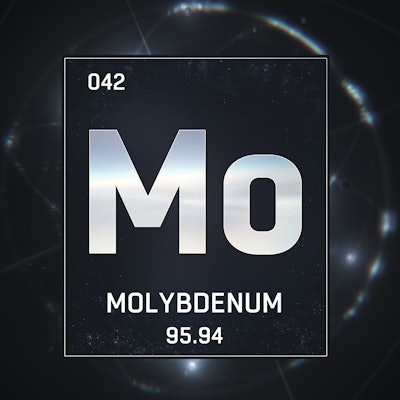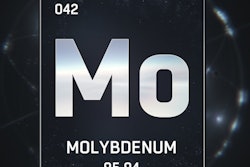
Technical University of Munich (TUM) scientists have developed a new processing method for molybdenum-99 (Mo-99) that results in significantly less waste from low-enriched uranium (LEU) targets.
The method was developed by Dr. Tobias Chemnitz, an instrument scientist at TUM's new research reactor, and colleagues. The method extracts Mo-99 without the use of aqueous chemistry, which currently results in up to 15,000 liters of medium-level radioactive liquid waste annually worldwide.
Over 85% of all nuclear medicine diagnostic examinations use technetium-99m (Tc-99m).
Low-enriched uranium is being substituted for high-enriched uranium targets for medical isotope production in many countries in the world to reduce the environmental impact of the manufacturing process. Yet the same Mo-99 yield doubles the volume of aqueous, medium-level radioactive waste.
The new method separates unwanted, excess uranium from Mo-99 during processing via a light-controlled reaction, rather than with the use of sodium hydroxide treatment. In fact, the new approach produces no aqueous waste, Chemnitz said in a TUM news release.
Tc-99m, a radioisotope used in a majority of nuclear medicine diagnostic examinations, is produced at research reactors by irradiating uranium plates, or targets, with high neutron flux. The process starts with uranium-235, which produces Mo-99, which then decays to Tc-99m with a half-life of 66 hours.
TUM has submitted a patent application for the process.




















